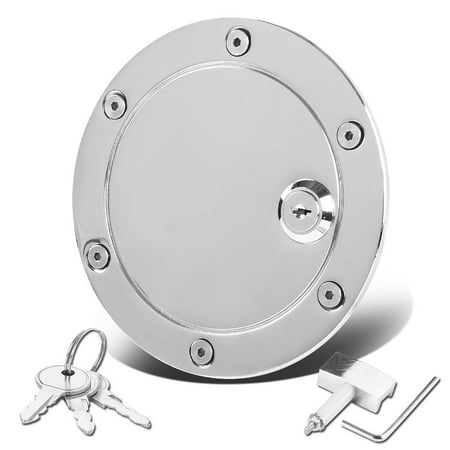What Is Key Generation In Chrome
Aug 22, 2018 Chrome Remote Desktop lets you connect computers for remote access. Once connected to a remote system, you can view the screen, type, move the mouse, or send a key. I now need to generate new certs that include the SAN however all of my attempts to do so have not worked with Chrome 58. Here is what I've done: I followed the steps on the above mentioned Heroku article to generate the key. I then wrote a new OpenSSL config file. Most Chromebook keyboards look a little different: If you’re used to working on a Windows or Apple computer, you’re probably familiar with the F-keys — from F1 through F12 — that appear at the top of your computer’s keyboard. On most Chromebooks, however, these F-keys aren’t included. They’ve been replaced by shortcut keys. I now need to generate new certs that include the SAN however all of my attempts to do so have not worked with Chrome 58. Here is what I've done: I followed the steps on the above mentioned Heroku article to generate the key. I then wrote a new OpenSSL config file.
The private key for a Comodo Code signing certificate is generated by the browser during certificate enrollment. When the submit button is pressed, a key pair of the selected size is generated. The private key is encrypted and stored in the local key database.
Comodo recommends using Internet Explorer 8+ on Windows and Firefox on Mac for certificate enrollment as it is both easy to apply and convenient for the user. To apply for a Code signing certificate, visit the below URL.
Company of heroes 2 cd key generator. BROWSER SUPPORT :
1. Microsoft Internet Explorer: IE uses the CertEnroll/XEnroll ActiveX control to generate and install certificates through the browser.
2. Mozilla Firefox: This browser supports key generation and certificate installation by default through the <keygen> function and special certificate file type handling.
Note: While Firefox supports in-browser certificate installation, it uses its own keystore to store the certificate and is not shared with other applications. Installing through Internet Explorer will install the certificate to the Windows Certificate Manager which is used by other applications such as Microsoft Office, Outlook, and Google Chrome. For this reason, Internet Explorer is recommended.
Key Generation Software
3. Microsoft Edge:Neither the <keygen> nor the CertEnroll/XEnroll ActiveX controls are present in Microsoft's new Edge browser.
4.Google Chrome: As of Chrome 49, the <keygen> function has been disabled by default and digital certificate file types are downloaded instead of installed. While the keygen function can manually be enabled, the custom filetype handling is still removed, therefore installation through Google Chrome is not supported.
ADDITIONAL INFORMATION:
Note: From Chromium Version 49, 'Key Generation' feature is no longer supported. So, please DO NOTuse any Chromium based browser for S/MIME certificate enrollment.
Some examples of Chromium Based browsers are, Google Chrome, Yandex Browser, Opera.
Allow Key Generation In Chrome
In case you mistakenly used Chrome initially to apply for the certificate, then you must ignore the current certificate and go with the replacement option.
- If you are a direct customer of Comodo, Login to your account > Code Signing Certificates > 'Replace'. For this process, you must use Internet Explorer or Firefox just like we mentioned earlier.
- If you purchased this certificate from one of our re-sellers, then contact them for replacing your certificate.

Related Articles:
What Is Key Generation In Chrome 2017

Related articles:
What Is Key Generation In Chrome Windows 10
Most Chromebook keyboards look a little different: If you’re used to working on a Windows or Apple computer, you’re probably familiar with the F-keys — from F1 through F12 — that appear at the top of your computer’s keyboard. On most Chromebooks, however, these F-keys aren’t included. They’ve been replaced by shortcut keys.
If you have a need for F-keys, don’t fret, you can convert your Chromebook’s shortcut keys into F-keys by following these steps:
Click the Settings panel in the bottom right corner of your Chromebook screen.
In the resulting Settings menu, choose Settings.
This loads your Chromebook settings into a Chrome browser window.
Scroll down to the Device section and click Keyboard Settings.
This loads the Keyboard Settings overlay.
Check the Treat Top-Row Keys as Function Keys checkbox.
Click OK.
This disables the shortcut functionality of your Chromebook’s shortcut keys and enables their function as F-keys.